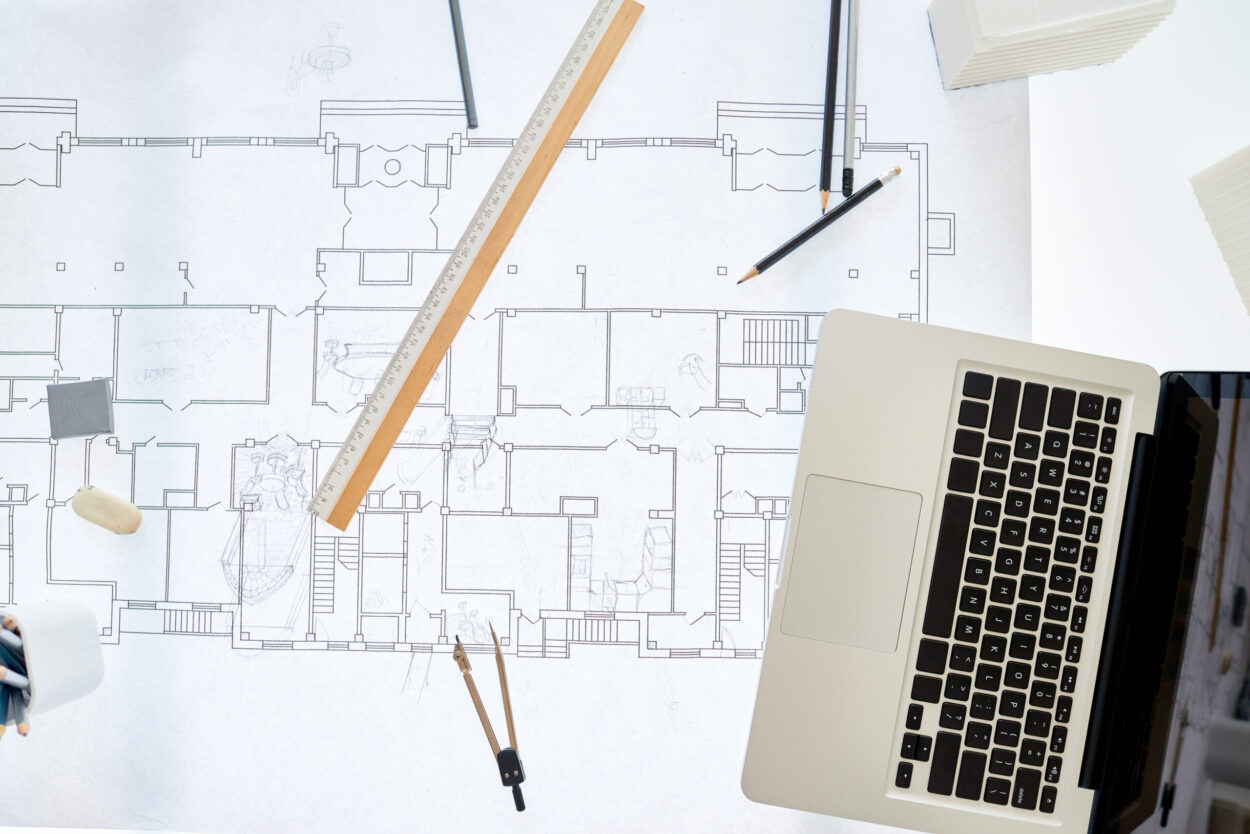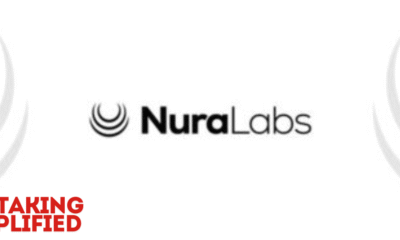Alternative Energy
Building Cyber Resilience: Essential Strategies for Architecture Firms

Architecture firms are increasingly becoming targets for cyber attacks due to the vast amounts of sensitive client data they handle. These attacks not only put the firm’s reputation at risk but also pose a threat to their clients’ confidential information. As technology continues to advance and cyber threats become more sophisticated, it is crucial for architecture firms to prioritize building cyber resilience.
In this guide, we will discuss essential strategies that architecture firms can implement to enhance their cybersecurity posture and protect themselves from potential cyber threats.
Understand Your Risks
The first step in building cyber resilience is understanding the potential risks your firm faces. Conducting a comprehensive risk assessment will help identify any vulnerabilities in your systems and processes that could be exploited by cybercriminals. This assessment should also take into account the various types of data your firm handles, such as financial information, intellectual property, and client data.
Based on the results of the risk assessment, you can then develop a risk management plan to mitigate the identified risks. This plan should include measures such as implementing strong password policies, regularly updating software and hardware systems with security patches, and restricting access to sensitive data.
Educate Your Employees
One of the most common entry points for cyber attacks is through employee negligence or lack of awareness. Therefore, it is crucial to educate your employees on cybersecurity best practices and the role they play in protecting the firm’s data. This includes training them on how to identify phishing emails, create secure passwords, and avoid downloading suspicious attachments or visiting potentially harmful websites.
Additionally, establishing a culture of security within the firm can also help prevent cyber attacks. Encourage employees to report any suspicious activity or potential vulnerabilities they come across and provide them with resources to stay informed about evolving cyber threats.
Implement Multi-Factor Authentication
Multi-factor authentication (MFA) adds an extra layer of security to your systems by requiring users to provide multiple forms of identification before accessing sensitive data. This could include a password, security token, or biometric authentication such as fingerprints or facial recognition.
Implementing MFA can significantly reduce the risk of unauthorized access to your firm’s systems and data. It is especially useful for remote employees who may be accessing data from outside the office network.
Back Up Your Data Regularly
Data backups are crucial in case of a cyber attack that compromises or destroys your firm’s data. Regularly backing up critical files and storing them in an offsite location or on a cloud-based **platform can help mitigate the impact of a cyber attack and minimize downtime for your firm. It is also essential to test the backup systems regularly to ensure they are functioning correctly and that data can be restored quickly in case of an emergency.
Implement Strong Network Security Measures
Architecture firms often handle large amounts of sensitive client data, which makes them prime targets for cybercriminals. Therefore, it is crucial to implement strong network security measures to protect your firm’s data from potential breaches. This includes using firewalls, antivirus software, intrusion detection systems, and other tools that can prevent unauthorized access or malicious activity on your network. It is also important to regularly update these security measures and monitor network activity for any potential threats.
Have an Incident Response Plan in Place
Despite taking all necessary precautions, cyber attacks can still occur. Therefore, it is crucial for architecture firms to have an incident response plan in place that outlines the steps to take in case of a cyber attack or data breach. This plan should include procedures for identifying and containing the attack, notifying relevant parties such as clients and authorities, and restoring systems and data.
Having a well-defined incident response plan can help minimize the damage caused by a cyber attack and ensure that the firm can resume its operations as quickly as possible.
Conclusion
Building cyber resilience is not a one-time task; it requires ongoing effort to stay ahead of constantly evolving cyber threats. By understanding your risks, educating employees, implementing strong security measures, and having an incident response plan in place, architecture firms can significantly enhance their cybersecurity posture and protect themselves from potential attacks. It is crucial for firms to prioritize cybersecurity and proactively take steps to mitigate risks to ensure the safety of their clients’ data and maintain their reputation in the industry.
-

 Press Release6 days ago
Press Release6 days agoNura Labs Files Revolutionary Patent: AI-Powered Wallet Solves the $180 Billion Crypto Staking Complexity Crisis
-

 Press Release4 days ago
Press Release4 days agoGlobal Compound Feeds and Additives Industry Report: Market Expansion and Competitive Insights to 2035
-

 Technology4 days ago
Technology4 days agoWhat to Know Before Switching Cell Phone Network Services in 2025
-

 Press Release2 days ago
Press Release2 days agoCrypto WINNAZ Launches First On-Chain Yield Engine for Meme Coins, Enabling 20x–300x Returns














